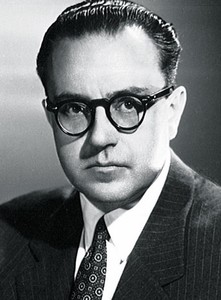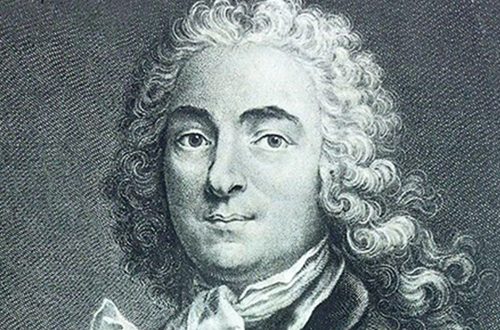
Zagir Garipovich Ismagilov (Zagir Ismagilov) |
Zagir Ismagilov
Bashkir Soviet composer, teacher, musical and public figure. People’s Artist of the USSR (1982). State prize of the RSFSR named after M. I. Glinki (1973) – for the opera “Volny Agideli” (1972) and the choral cycle “Slovo materi” (1972). The Ufa State Academy of Arts bears the name of Zagira Ismagilova.
Zagir Garipovich Ismagilov was born on January 8, 1917 in the village of Verkhne-Sermenevo near the city of Beloretsk. The childhood of the future composer passed in close contact with nature, in the atmosphere of folk music. This gave him a large supply of musical and life impressions and subsequently determined to a large extent his musical tastes and the originality of his creative style.
Music came into life early 3. Ismagilova. As a boy, he earned fame as a skilled kurai player (Kurai is a reed pipe, a Bashkir folk musical instrument.) And an improvisational singer. For three years (from 1934 to 1937) Ismagilov worked as a kuraist at the Bashkir State Drama Theater, and then was sent to Moscow to receive a musical education.
His composition supervisors were V. Bely (Bashkir National Studio at the Moscow Conservatory, 1937-1941) and V. Fere (Composition Department of the Moscow Conservatory, 1946-1951).
Ismagilov’s creative interests are diverse: he has recorded and processed many folk songs for solo and choral performance; he also wrote mass pop and comic songs, romances, choirs, the cantata “About Lenin”, an overture on two Bashkir themes and other compositions.
The opera Salavat Yulaev was written in collaboration with the Bashkir playwright Bayazit Bikbay. The action of the opera takes place in 1773-1774, when the multinational Volga and Ural regions, under the leadership of Emelyan Pugachev, rose to fight for their rights.
In the center of the work is the historical image of the Bashkir batyr Salavat Yulaev.
In the general layout, composition and dramaturgy of the work, one can notice the following to the samples of Russian classics and the peculiar use of the Bashkir folk song sources. In the vocal parts, the chant and recitative methods of presentation are united by a pentatonic modal basis, which also corresponds to the choice of harmonic means. Along with the use of genuine folk songs (Bashkir – “Salavat”, “Ural”, “Gilmiyaza”, “Crane Song”, etc. and Russian – “Do not make noise, mother, green oak tree”, “Glory”), Ismagilov creates heartfelt melodic images, in spirit and style close to folk art.
The brightness of song intonations is combined in the music of the opera with the techniques of developed instrumental writing, the introduction of counterpoint – with the simplest themes of the folk warehouse.
In the opera, extensive operatic forms are widely used – arias, ensembles, choral scenes, orchestral episodes. The well-known grotesqueness, the underlined coldness of the declamatory vocal parts and their harmonic design, the sharp graphic texture of the textured pattern, the sharp and sharp timbre combinations, the emphasized angularity of the rhythms – these are the techniques by which the portraits of the tsar’s protege – the Orenburg governor Reinsdorf and his minions are drawn, among which the most psychologically expressive traitor and traitor clerk Bukhair. The image of Emelyan Pugachev is the least original outlined in the opera, it is decorative and static, despite the successful development of Pugachev’s leitmotif in those scenes where the feelings and experiences of other characters are associated with him.
V. Pankratova, L. Polyakova





